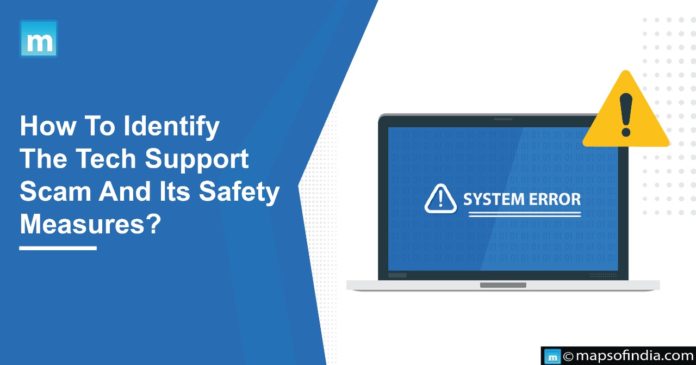In the age of technology, where almost everything is going digital, there are risks attached to it, including tech support scams, which are harmful to the electronic device and the user. Scammers try to incorporate their strategies into the machine, and one often needs to learn what is happening inside their device.
It is a practice to exploit internet users through social engineering and fear tactics where the scammer disguises themself as a computer technician whose work is to resolve problems associated with the device. It is primarily done through a telephonic call where they target innocent individuals.
How do we identify the scam process?
The attacker pretends to be an employee of a prominent company in the market and claims that the user’s ISP has discovered malware in the computer, which the person on the phone or the other side urges to remove. Their strategies include calling from a number matching the user’s code so the target picks it without delay. The scammer further persuades the user to download the remote control software, namely pcAnywhere, GoToMyPC, TeamViewer or any other.
The person targeting the user now controls the device and communicates via the chat box or phone. He demonstrates Event Viewer, which invariably showcases errors or warnings for relatively innocuous occurrences. The caller informs that this is proof of malware on the system and provides a way to get away after the victim pays the fees. The caller could ask for credit card-related information or to make a payment.
After the payment, in most cases, it is found that the scammer does nothing. Still, since he has administrative access to the victim’s computer, he installs malware or accesses personal information that can be used for identity theft. The other ways are a display of pop-up warnings stating that the malware has been detected and calling the given number for further assistance, and online ads where, if you click on susceptible links, it directs the user to their way.
What is the situation in India when it comes to scams?
According to the Microsoft Global Tech Support Scam Research report 2021, India saw a relatively high rate of tech support scams at 69% in the last year, among the highest in all countries. The number of scams that come from unsolicited calls has increased. Consumers in India sustained a relatively high “scam encounter rate” of 69% in the last 12 months, similar to the 70% rate experienced in 2018, the news agency PTI published the Microsoft findings. However, there has been a 5% decrease in scams globally.
Help measures in the state of post scam process or the potential scam
After the realisation of being scammed, one often gets confused or remains in a state of panic. So, one can contact the payment enabler card company or bank. Also, one can inform them what happened and request to reverse the charges. To avoid such scam-related cases, one should be highly suspicious of unsolicited calls from unknown people and never provide unauthorised strangers access to your computer device.





